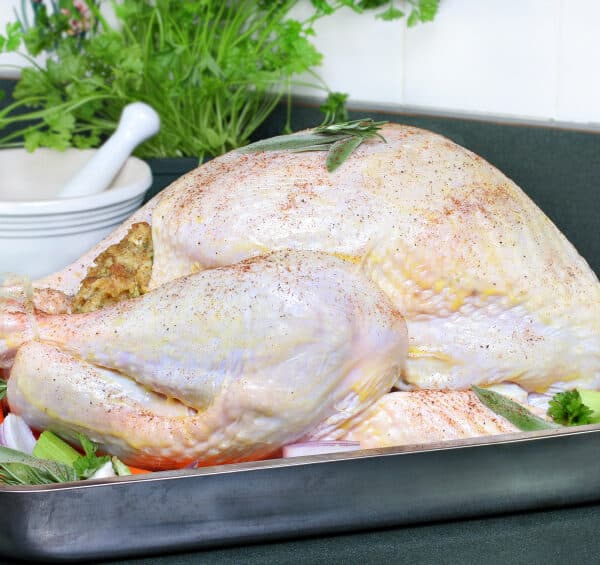Whilst the increased number of deaths in winter is well known, the specific risk Christmas holidays pose is less well documented; figures rise for traffic accidents, accidental poisoning, accidental falls, fire accidents and suicide. In terms of nutrition and safety perhaps the most significant Christmas issue is food poisoning. Although generally incidence is higher in summer, Christmas sees its own spike and the culprit – the Christmas Turkey. About 10 million turkeys will be consumed, but for some, consuming this festive staple could lead to distress and even be fatal.
From pain to arthritis
Campylobacter is the biggest source of food poisoning in the UK, responsible for around 460,000 cases, 22,000 hospitalisations and 110 deaths each year. The most significant source of campylobacter with respect to human health is poultry.
It is estimated that campylobacteriosis costs the UK around £9 million annually. In addition to economic costs such as treatment, loss of productivity, earnings or educational opportunity, cases cause inconvenience and discomfort, including severe abdominal pain and diarrhoea. A small proportion results in death or severe complications such as reactive arthritis and Guillain- Barré syndrome (a disorder of the peripheral nervous system).
Reduction in raw poultry contamination levels is likely to reduce the burden of campylobacteriosis in UK consumers. Unfortunatley though campylobacter in poultry remains common. When looking at initiatives to reduce bacterium levels in farm-animal hosts, BBSRC, FSA and Defra report there to be no single “magic bullet”, and emphasise that multiple, research-based interventions are required across the food chain.
Don’t wash the bird
Back to our Christmas bird…. An FSA study investigating seasonal incidence of campylobacter infection, found that only the consumption of poultry other than chicken was significantly associated with Christmas illness. This rise in infection may be linked to traditional food practice approaches. Campylobacter (or other bacteria) present in the raw meat will be killed when cooking the turkey properly However, over 80% of the population wash the bird prior to cooking. Contrary to popular belief, this is not correct; washing raw meat can cause splashing which significantly increases the spread of bacteria on surfaces. Additionally over two-thirds of the population will be eating turkey left-overs after the recommended maximum two day period.
There is no need to ditch the Turkey; it is the centre piece of many Christmas dinners and is low fat, high in protein and a good source of the minerals potassium, phosphorus, zinc and selenium and rich in B vitamins. However, for the Safest Turkey Yule ever have, careful food storage, preparation and cooking, as well as safe refrigeration, reheating and prompt consumption of leftovers is extremely important.







